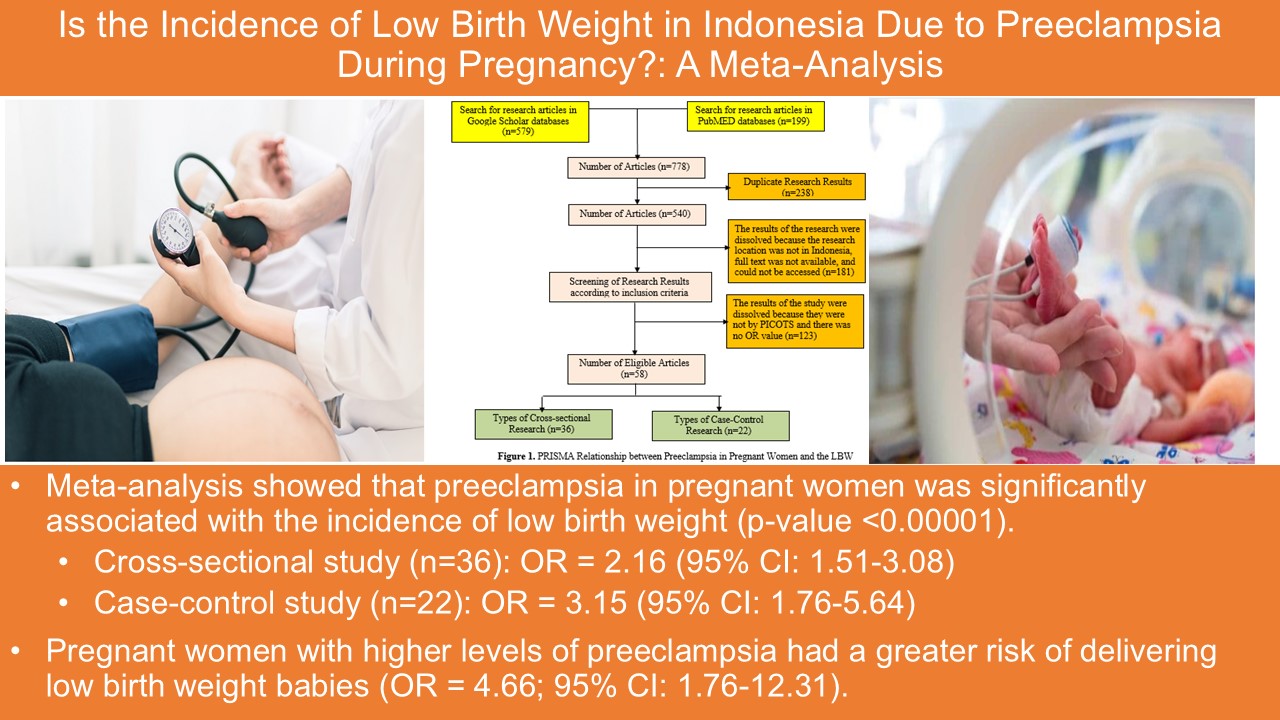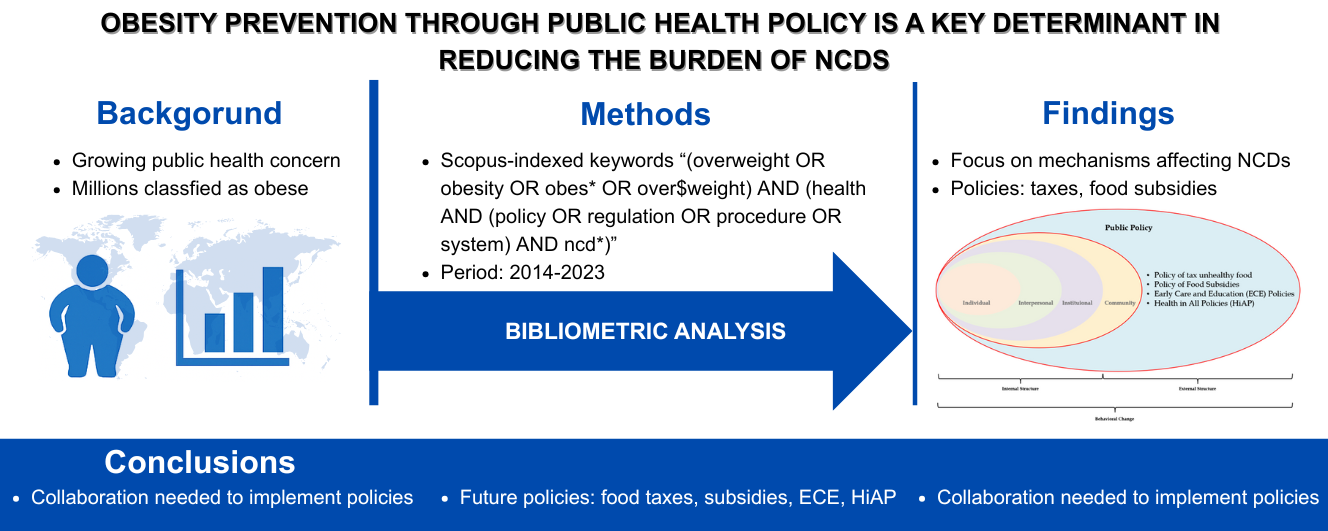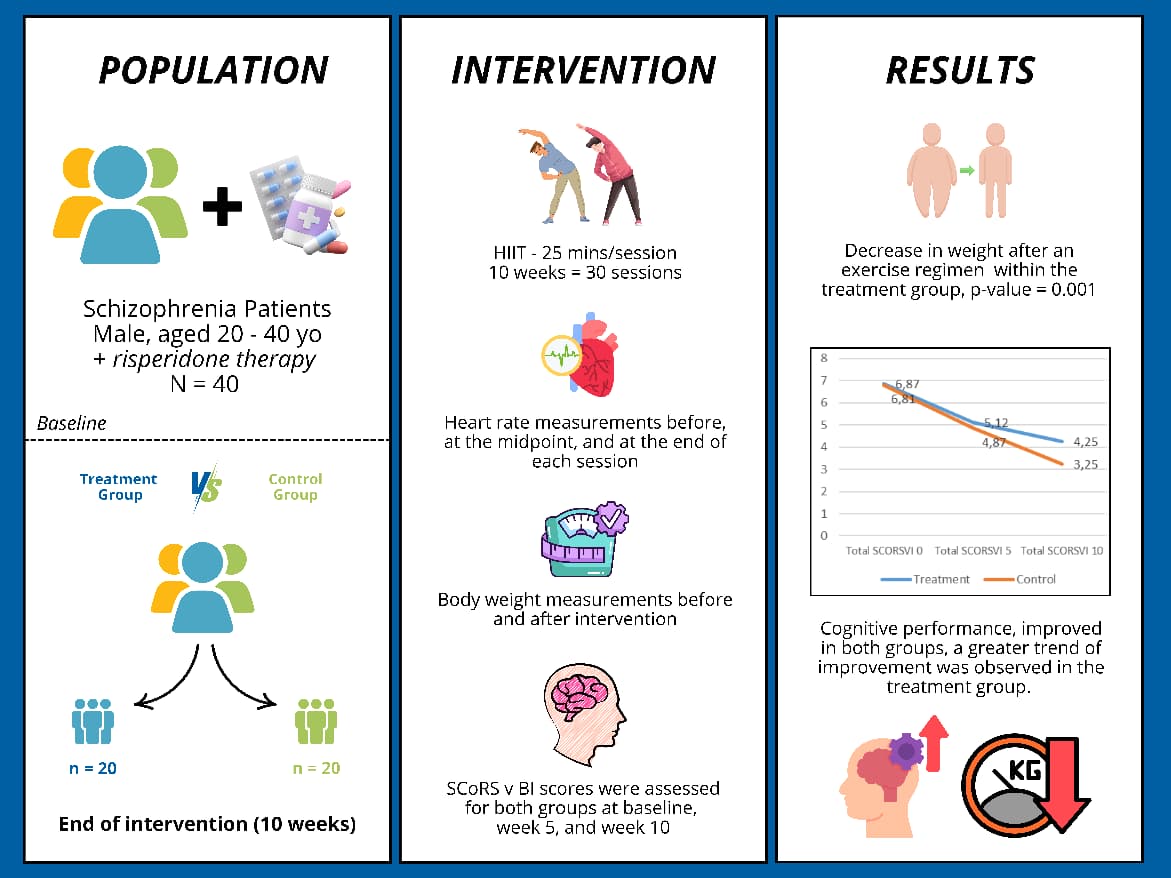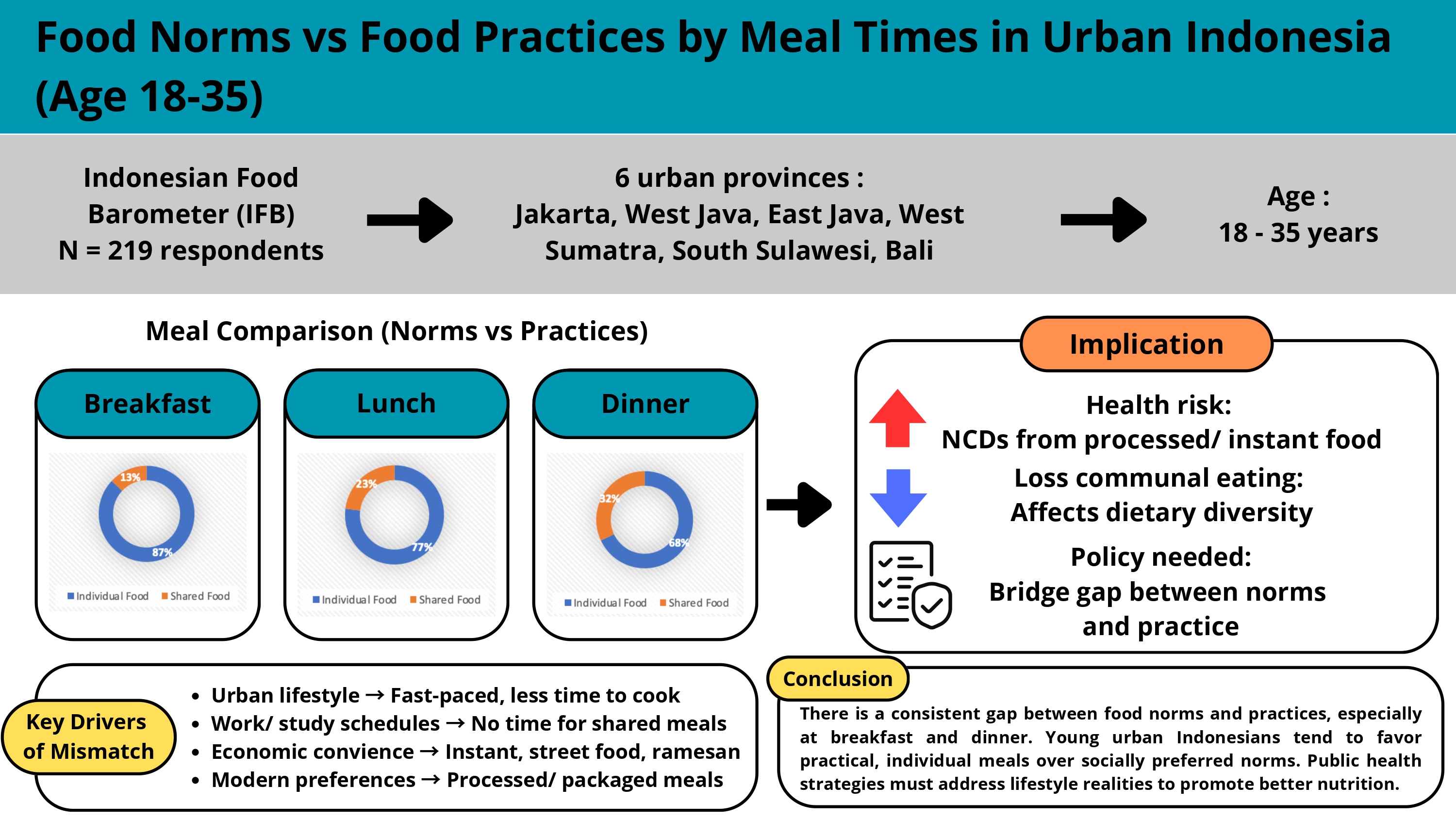DETERMINANTS OF VITAMIN D STATUS ON PRESCHOOL CHILDREN AGED 48-59 MONTHS OLD IN KENDARI
Downloads
Vitamin D deficiency is a world health problem because it affects more than one billion children and adults. This study aims to identify factors associated with vitamin D status in preschool children aged 48-59 months old. The study used a cross-sectional design on 96 preschool children aged 48-59 months old in Kendari city. The withdrawal of research subjects used a consecutive sampling method. Data on the characteristics of the respondents and the characteristics of the parents of the respondents were obtained through interviews using a questionnaire. A digital scale and a stadiometer determine nutritional status by measuring body weight and height. The Chemiluminescent Microparticle Immunoassay (CMIA) method was used to determine serum levels of 25(OH)D. Meanwhile, the data analysis used the Chi-Square test, Kolmogorov Smirnov, and independent sample T-test. The prevalence of preschool children aged 48-59 months with vitamin D deficiency was 9.4%, 57.3% insufficiency, and 33.3% sufficiency. There was no relationship between gender, BMI/U, physical activity, vitamin D admissions, length of sun presentation, parental income, and mother's education with vitamin D status of preschool children aged 48-59 months old in Kendari city (P > 0.05). In this case, a strategy is needed to increase vitamin D intake through mandatory vitamin D fortification in the food industry and evaluating the time and amount of light exposure to sunlight is required to prevent vitamin D deficiency in preschoolers.
Abbas, Manal A. 2017. "Physiological Functions of Vitamin D in Adipose Tissue." Journal of Steroid Biochemistry and Molecular Biology 165: 369–81. http://dx.doi.org/10.1016/j.jsbmb.2016.08.004.
Amirullah, A., Putra, A. T. A., & Al Kahar, A. A. D. (2020). Deskripsi Status Gizi Anak Usia 3 Sampai 5 Tahun Pada Masa Covid 19. MURHUM : Jurnal Pendidikan Anak Usia Dini, 1(1), 16–27.
Al-Othman, Abdulaziz et al. 2012. "Effect of Physical Activity and Sun Exposure on Vitamin D Status of Saudi Children and Adolescents." BMC Pediatrics 12.
Ando, Emiko et al. 2018. "Serum 25-HydroxyVitamin D Levels Showed Strong Seasonality but Lacked Association with Vitamin D Intake in 3-Year-Old Japanese Children.” British Journal of Nutrition 120(9): 1034–44.
Avagyan, Diana, Sudan Prasad Neupane, Thomas E. Gundersen, and Ahmed A. Madar. 2016. "Vitamin D Status in Pre-School Children in Rural Nepal.” Public Health Nutrition 19(3): 470–76.
Azijah, I., & Adawiyah, A. R. (2021). Faktor Yang Berhubungan Dengan Status Gizi Anak Pra Sekolah. JUKMAS Jurnal Untuk Masyarakat Sehat (JUKMAS) e-ISSN, 5(1), 23–41. http://ejournal.urindo.ac.id/index.php/jukmas
Bikle, Daniel D. 2016. "Vitamin D Metabolism, Mechanism of Action, and Clinical Applications.” Chemistry and Biology 21(3): 319–29. http://dx.doi.org/10.1016/j.chembiol.2013.12.016.
Chaudhry, Aeysha Bushra, Shakoor Hajat, Najwa Rizkallah, and Ala'a Abu-Rub. 2018. "Risk Factors for Vitamin A and D Deficiencies among Children Under-Five in the State of Palestine Bayard Roberts, Kiran Jobunputra, Preeti Patel and Pablo Perel." Conflict and Health 12(1): 1–12.
Chen, Zhaojun et al. 2021. "Vitamin D Status and Its Influence on the Health of Preschool Children in Hangzhou.” Frontiers in Public Health 9(May): 1–9.
Christakos, Sylvia et al. 2015. "Vitamin D: Metabolism, Molecular Mechanism of Action, and Pleiotropic Effects.” Physiological Reviews 96(1): 365–408.
Clemens, SL Henderson, JS Adams, and MF Holick. 1982. "Increased Skin Pigment Reduces the Skin's Capacity to Synthesis Vitamin D3." The lancets: 74–7.
Constable, AM et al. 2021. "The Independent and Interactive Associations of Physical Activity Intensity and Vitamin D Status with Bone Mineral Density in Prepubertal Children: The PANIC Study.” Osteoporosis International 32(8): 1609–20.
Davidson, S. M., Dwiriani, C. M., & Khomsan, A. (2018). Densitas Gizi dan Morbiditas serta Hubungannya dengan Status Gizi Anak Usia Prasekolah Pedesaan. Media Kesehatan Masyarakat Indonesia, 14(3), 251–259. https://doi.org/10.30597/mkmi.v14i3.4551
Dianisa, Giva, Erny Kusdiyah, Susan Tarawifa, and Raihanah Suzan. 2022. "Relationship of Knowledge about the Benefits of Sunlight with Vitamin D Levels in Women of Reproductive Age at Mitra Hospital, Jambi City." e-SEHAD 03:1–7.
Kendari City Health Office. 2019. "Health Profile 2019.” Kendari City Health Profile: 58–60.
Drali, O. et al. 2021. "Vitamin D Status in Preschool Children in Algeria.” Archives de Pediatrie 28(3): 215–21. https://doi.org/10.1016/j.arcped.2020.12.013.
Elsayyad, Lamiaa et al. 2020. "Effect of Physical Activity Level on Vitamin D in Teenagers.” Journal of Advanced Pharmacy Education and Research 10(4): 93–97.
Erisma, Roza, Gustina Lubis, and Finny Fitry Yani. 2016. "Relationship of Nutrition Intake with Vitamin D Levels in Children's Tuberculosis." Sari Pediatrics 18(1): 40.
Ernawati, Fitrah, and Basuki Budiman. 2015. "Current Vitamin D Status of Indonesian Children Age 2 - 12.9 Years Old." Nutrition Indonesia (Publication in Indonesian) 38(1)(November): 73–80.
Esmaeili Dooki, MR et al. 2019. "Vitamin D Status in Preschool Children: Should Vitamin D Supplementation, Preventing Vitamin D Deficiency Be Continued in Children over 2 Years?" Journal of public health (Oxford, England) 41(3): 575–82.
Esposito, Susanna, and Mara Lelii. 2015. "Vitamin D and Respiratory Tract Infections in Childhood.” BMC Infectious Diseases 15(1): 1–10. http://dx.doi.org/10.1186/s12879-015-1196-1.
Fasikha, Fitriyani, Rifatul Masrikhiyah, and Yuniarti Dewi Rahmawati. 2022. "Factors Associated with the Nutritional Status of Mamba 'Ul Hisan Elementary School Students During the Covid-19 Pandemic.” Dietetic Nutrition 1(September): 142–48.
Fatimah, Nabilla Siti Hawa, and Bambang Wirjatmadi. 2018. "Adequacy Levels of Vitamin A, Zinc and Iron and the Frequency of Infection in Stunting and Non-Stunting Toddlers." Indonesian Nutrition Media 13(2): 168.
Febrianto, Sazali et al. 2022. "Biocaster: Journal of Biological Studies THE ROLE OF VITAMIN D ON BONE GROWTH IN CHILDREN." January 2(1): 1–5. https://e-journal.lp3kamandanu.com/index.php/biocaster/.
Fink, Charles et al. 2019. "Factors Affecting Vitamin D Status in Infants.” Children 6(1): 1–13.
French, S. A., Tangney, C. C., Crane, M. M., Wang, Y., & Appelhans, B. M. (2019). Nutrition quality of food purchases varies by household income: The SHoPPER study. BMC Public Health, 19(1), 1–7. https://doi.org/10.1186/s12889-019-6546-2
Giudici, KV, RM Fisberg, DM Marchioni, and LA Martini. 2017. "Comparison of Physical Activity, Adipokines, Vitamin D Status and Dietary Vitamin D Intake among Adolescents." Journal of Human Nutrition and Dietetics 30(3): 369–77.
Gordon, Catherine M. et al. 2008. "Prevalence of Vitamin D Deficiency among Healthy Infants and Toddlers. Arch Pediatr Adolesc Med. 2008;162(6):505–12.” Archives of Pediatrics & Adolescent Medicine 162(6): 505–12.
Halim, Livia Amelia, Sarah M Warouw, and Jeanette I Ch Manoppo. 2018. "Relationship of Risk Factors with Stunting in Children Aged 3-5 Years in Kindergarten/Early Childhood Education, Tuminting District." Journal of Medicine and Rehabilitation 1: 1–8.
Hanwell, HEC et al. 2010. "Sun Exposure Questionnaire Predicts Circulating 25-Hydroxyvitamin D Concentrations in Caucasian Hospital Workers in Southern Italy.” Journal of Steroid Biochemistry and Molecular Biology 121(1–2): 334–37. http://dx.doi.org/10.1016/j.jsbmb.2010.03.023.
Hartian, Tengku et al. 2022. "Measurement of Nutritional Status in Pre-School Children at Asisyah VII Kindergarten in Pekanbaru City. Measurement of Nutritional Status and Socialization of Balanced Nutrition in Tebet Orphanage Children." Journal of Character Education Society 5(1): 198–208.
Holick, Michael F. 2007. "Vitamin D Deficiency.” The New England Journal of medicine : 266–81.
IDAI. 2018. Indonesian Pediatricians Association Vitamin D Publishing Agency - Indonesian Pediatricians Association Clinical Practice Guideline .
Divine, Kurnia Rizki. 2017. "Relationship of Family Income, Birth Weight, and Birth Length with Stunting in Toddlers 24-59 Months in Bangkalan." Health Management 3(1): 1–14.
Isa, Hasan, Mohamed Almaliki, Aysha Alsabea, and Afaf Mohamed. 2020. "Vitamin D Deficiency in Healthy Children in Bahrain: Do Gender and Age Matter?” Eastern Mediterranean Health Journal 26(3): 260–67.
Jufri, Nurnashriana, Nurmaladewi Nurmaladewi, and Fifi Nirmala. 2021. "The Effect of Vitamin D Supplementation on Serum 25 (OH) D Levels, Serum Calcium, and Bone Mass Density in Adolescents: Literature Review." Amerta Nutrition 5(2): 180.
Kamycheva, Elena, Ragnar M. Joakimsen, and Rolf Jorde. 2003. "Intakes of Calcium and Vitamin D Predict Body Mass Index in the Population of Northern Norway.” Journal of Nutrition 133(1): 102–6.
Kementerian Kesehatan RI. (2018). Laporan Nasional Riskesdas 2018.
Republic of Indonesia Ministry of Health. 2020. "Regulation of the Minister of Health of the Republic of Indonesia Number 2 of 2020 Concerning Children's Anthropometry Standards." In , 1–78.
Middlekoop, Keren et al. 2022. "Prevalence and Determinants of Vitamin D Deficiency in 1825 Cape Town Primary Schoolchildren: A Cross-Sectional Study.” Nutrients 14(6): 1–13.
Mokhtar, Rana R. et al. 2018. "Vitamin D Status Is Associated with Underweight and Stunting in Children Aged 6-36 Months Residing in the Ecuadorian Andes.” Public Health Nutrition 21(11): 1974–85.
Moorani, Khemchand N., Muhammad Ayaz Mustufa, Syed Furqan Hasan, and Naseem Kubar. 2019. "Vitamin D Status in under Five Children in Diverse Communities of Karachi.” Pakistan Journal of Medical Sciences 35(2): 414–19.
Nasiri-babadi, Pegah et al. 2021. "The Association of Serum Levels of Zinc and Vitamin D with Wasting among Iranian Pre-School Children.” Eating and Weight Disorders 26(1): 211–18. https://doi.org/10.1007/s40519-019-00834-1.
ní Chaoimh, Carol et al. 2018. "Low Vitamin D Deficiency in Irish Toddlers despite Northern Latitude and a High Prevalence of Inadequate Intakes." European Journal of Nutrition 57(2): 783–94.
Octaviani, Putri, M. Dody Izhar, and Andy Amir. 2018. "Relationship between Diet and Physical Activity with Nutritional Status in Elementary School Children at SD Negeri 47/IV Jambi City." Jambi Public Health Journal 2(2): 56–66.
Öhlund, Inger, Sven Arne Silfverdal, Olle Hernell, and Torbjörn Lind. 2013. "Serum 25-Hydroxyvitamin D Levels in Preschool-Age Children in Northern Sweden Are Inadequate after Summer and Reduced Further during Winter.” Journal of Pediatric Gastroenterology and Nutrition 56(5): 551–55.
Permatasari, Vita, and Ida Nurmawati. 2018. "Monitoring of Nutritional Status as a Preventive Malnutrition Measure in Pre-School Children Through the Nutrie-Care Application." National Seminar on Research Results and Community Service 3(0): 92–96. https://publikasi.polije.ac.id/index.php/prosiding/article/view/1194/811.
Pludowski, Pawel et al. 2018. "Vitamin D Supplementation Guidelines.” Journal of Steroid Biochemistry and Molecular Biology 175(2016): 125–35.
Puspitasari, DA, L Kustiyah, CM Dwiriani, and Y Widodo. 2021. "The Influence of Family Characteristics and Children's Nutritional Status on the Cognitive Development of Preschool-aged Children in Bogor City." The Journal of Nutrition and Food Research 44(2): 105– 13. http://ejournal2.litbang.kemkes.go.id/index.php/pgm/article/view/5520%0Ahttps://ejournal2.litbang. kemkes.go.id/index.php/pgm/article/download/5520/2589.
Quah, Shiao Wei et al. 2018. "Risk Factors of Vitamin D Deficiency among 15-Year-Old Adolescents Participating in the Malaysian Health and Adolescents Longitudinal Research Team Study (MyHeARTs).” PLoS ONE 13(7): 1–17.
Rahmah, Nadya Diena, Martha Ardiaria, and Fillah Fithra Dieny. 2019. "Parenting Patterns of Physical Activity Against the Risk of Overnutrition in Preschool Children in Ngesrep and Tembalang Districts, Semarang." Indonesian Nutrition 42(01): 1–10. ilgi.respati.ac.id.
Raustorp, Anders et al. 2012. "Accelerometer Measured Level of Physical Activity Indoors and Outdoors during Preschool Time in Sweden and the United States.” Journal of Physical Activity and Health 9(6): 801–8.
Rice, Marti H., and Carol C. Howell. 2000. "Measurement of Physical Activity, Exercise, and Physical Fitness in Children: Issues and Concerns." Journal of Pediatric Nursing 15(3): 148–56.
Surve, Suchitra et al. 2018. "Discrepancy between the Recommended and Functional Cut Offs of Vitamin D among Under-Five Children: Experiences from a Pilot Study." Indian Journal of Endocrinology and Metabolism 22(4): 473–78.
Timmons, Brian W. et al. 2012. "Systematic Review of Physical Activity and Health in the Early Years (Aged 0-4 Years).” Applied Physiology, Nutrition and Metabolism 37(4): 773–92.
Tri, Damyanti, Etisa Adi Murbawani, and Deny Yudi Fitranti. 2018. "Relationship between the age of introduction of vegetables and fruit and the level of consumption of vegetables and fruit in preschool children aged 3-5 years." Journal of Nutrition College 7(1): 1–7.
Tsiaras, William G., and Martin A. Weinstock. 2011. "Factors Influencing Vitamin d Status.” Acta Dermato-Venereologica 91(2): 115–24.
van Driel, M., & van Leeuwen, J. P. T. M. (2014). Vitamin D endocrine system and osteoblasts. BoneKEy Reports, 3(1), 1–8. https://doi.org/10.1038/bonekey.2013.227
Voortman, Trudy et al. 2015. "Vitamin D Deficiency in School-Age Children Is Associated with Sociodemographic and Lifestyle Factors.” Journal of Nutrition 145(4): 791–98.
Walli, Nahida Z., Emmanuel K. Munubhi, Said Aboud, and Karim P. Manji. 2017. "Vitamin D Levels in Malnourished Children under 5 Years in a Tertiary Care Center at Muhimbili National Hospital, Dar Es Salaam, Tanzania-a Cross-Sectional Study.” Journal of Tropical Pediatrics 63(3): 203–9.
Wanner, Miriam et al. 2015. "Associations between Objective and Self-Reported Physical Activity and Vitamin D Serum Levels in the US Population.” Cancer Causes and Control 26(6): 881–91.
Xian, C. J. (2014). Recent Research on The Growth Plate Regulation, Bone Growth Defects, and Potential Treatments. Journal of Molecular Endocrinology, 53(1), E1–E2. https://doi.org/10.1530/JME-14-0165

This work is licensed under a Creative Commons Attribution-NonCommercial-ShareAlike 4.0 International License.
- MEDIA GIZI INDONESIA Journal is the copyright owner of all materials published on this website.
- The formal legal provisions for access to digital articles of this electronic journal are subject to the terms of the Creative Commons Attribution-NonCommercial-ShareAlike license (CC BY-NC-SA 4.0), which means that MEDIA GIZI INDONESIA Journal and readers reserve the right to save, transmit media / format, manage in database, maintain, and publish articles as long as it continues to include the name of the Author.
- Printed and published print and electronic manuscripts are open access for educational, research and library purposes. In addition to these objectives, the editorial board shall not be liable for violations of copyright law.


2.png)





















